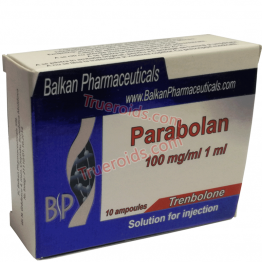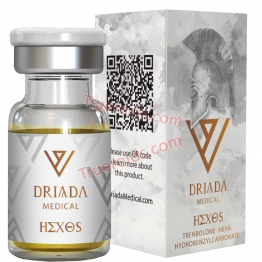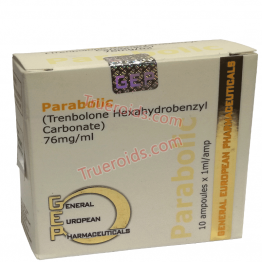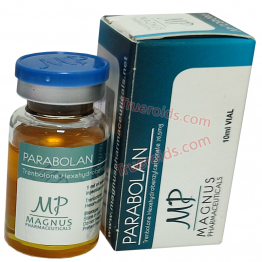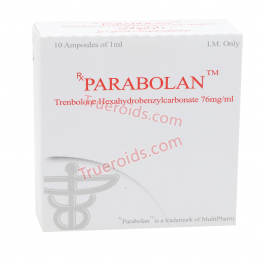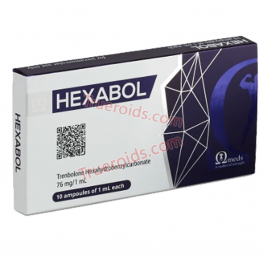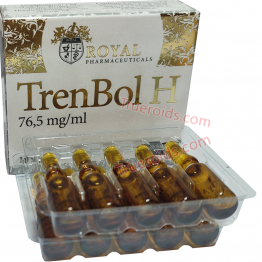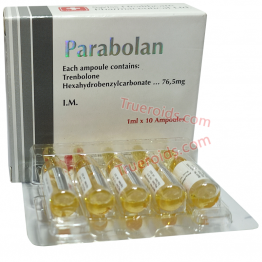Trenbolone Hexahydrobenzylcarbonate
Trenbolone hexahydrobenzylcarbonate, alternatively recognized as Parabolan or Hexabolan, emerges as a potent, extended-acting variant of the anabolic steroid trenbolone. Here's a comprehensive exploration of its attributes:
Clinical Background (Historical):
Initially introduced into the market in France for therapeutic applications in humans, Trenbolone hexahydrobenzylcarbonate has since been discontinued.
Its debut in France dates back to 1980, yet voluntary cessation by its manufacturer ensued in 1997.
Pharmacological Profile and Effects:
Administered via intramuscular injection, Trenbolone hexahydrobenzylcarbonate operates as a protracted prodrug of trenbolone.
Belonging to the nandrolone group, it encompasses the C17β hexahydrobenzylcarbonate ester of trenbolone.
Anabolic and Androgenic Characteristics:
Exhibiting androgenic activity approximately twice as potent as testosterone and anabolic activity approximately five times higher, Trenbolone hexahydrobenzylcarbonate garners favor for its dual capacity to stimulate muscle growth while facilitating fat reduction.
Clinical Dosage:
In clinical settings, it was typically administered at a dosage regimen of one ampoule (76 mg, corresponding to 50 mg of trenbolone base) every 10 days.
It's crucial to acknowledge Trenbolone hexahydrobenzylcarbonate's historical context and pharmacological attributes, particularly its noteworthy efficacy in promoting muscle development and simultaneous fat loss.
Balkan Pharmaceuticals PARABOLAN 10amp 100mg/amp
Manufacturer: Balkan PharmaceuticalsUnlock the Pow..
Driada Medical HEXOS 10ml 75mg/ml
Manufacturer: Driada Medical Substances: Trenbo..
GEP Pharmaceuticals PARABOLIC 10amp 76mg/amp
Manufacturer: GEP PharmaceuticalsUnlock the full p..
Magnus Pharmaceuticals Parabolan 10ml 76,5mg/ml
Magnus Pharmaceuticals Parabolan 10ml 76,5mg/mlTre..
MultiPharm Healthcare PARABOLAN 10amp 76mg/amp
Manufacturer: MultiPharm HealthcareBenefits of Par..
Omega Meds HEXABOL 10amp 76mg/1amp
Manufacturer: Omega MedsHexabol, also known as Par..
Royal Pharmaceuticals TrenBol H 10amp 76,5mg/ml
Manufacturer: Royal PharmaceuticalsSubstance: Tren..
Swiss Healthcare Pharmaceuticals Parabolan 10amp 76,5mg/ml
Swiss Healthcare Pharmaceuticals Parabolan 10amp 7..

